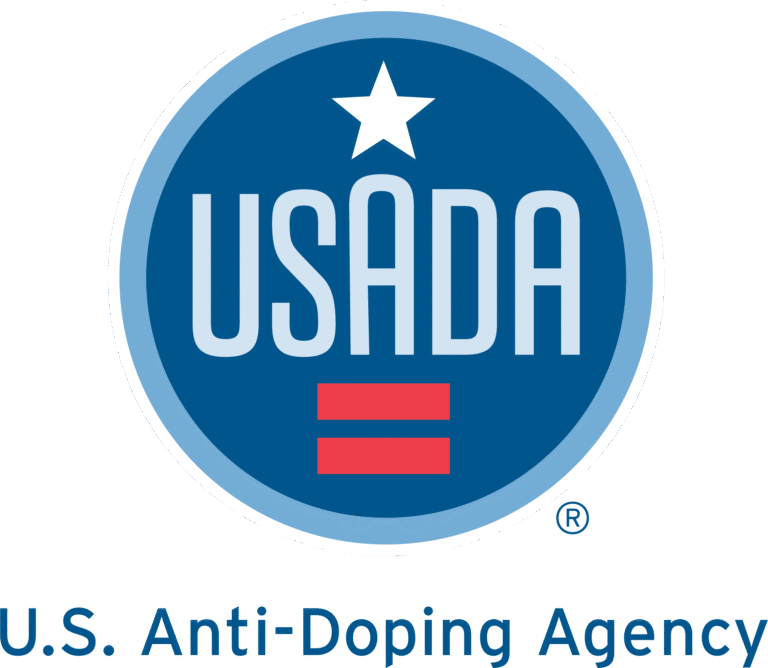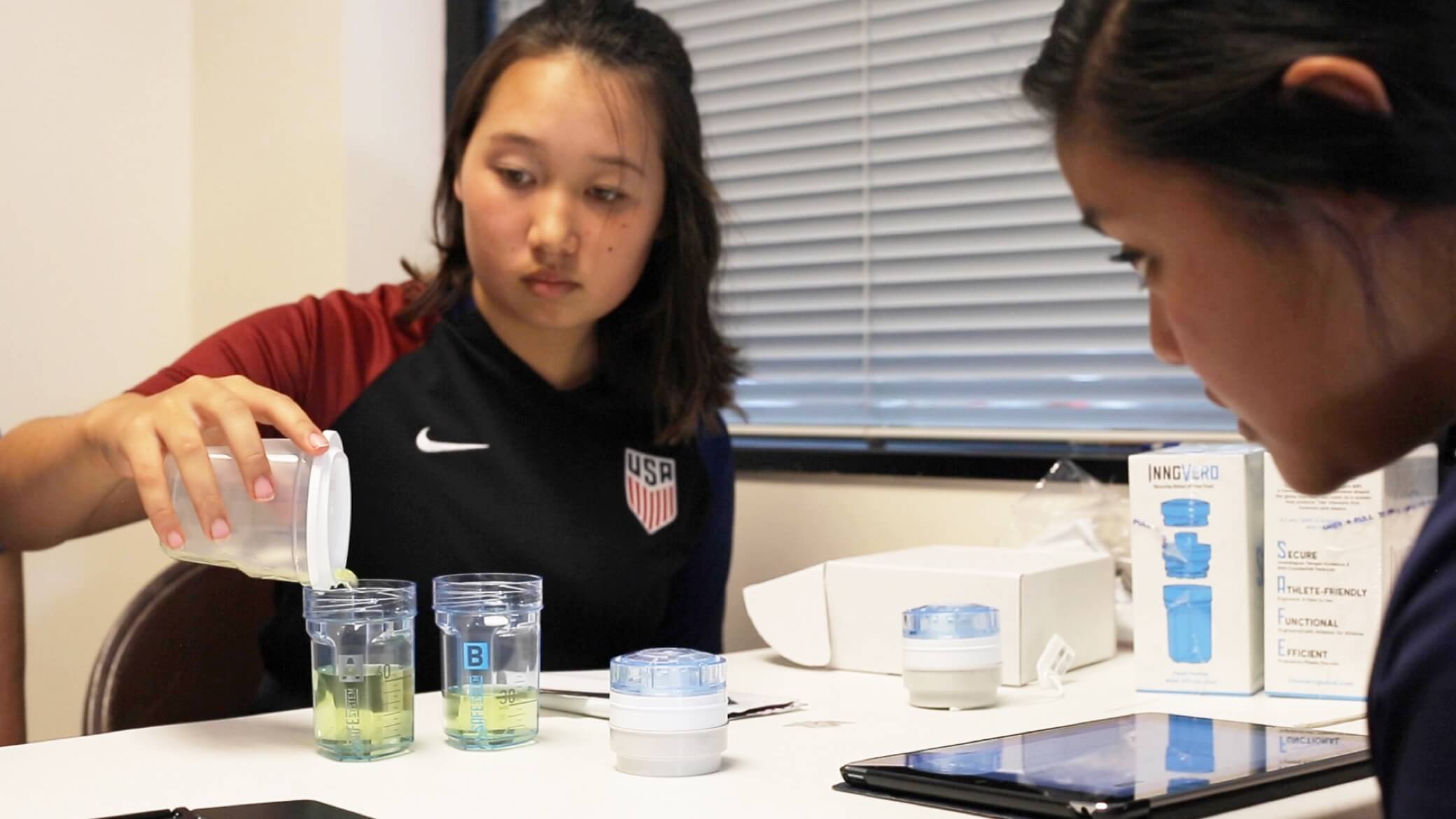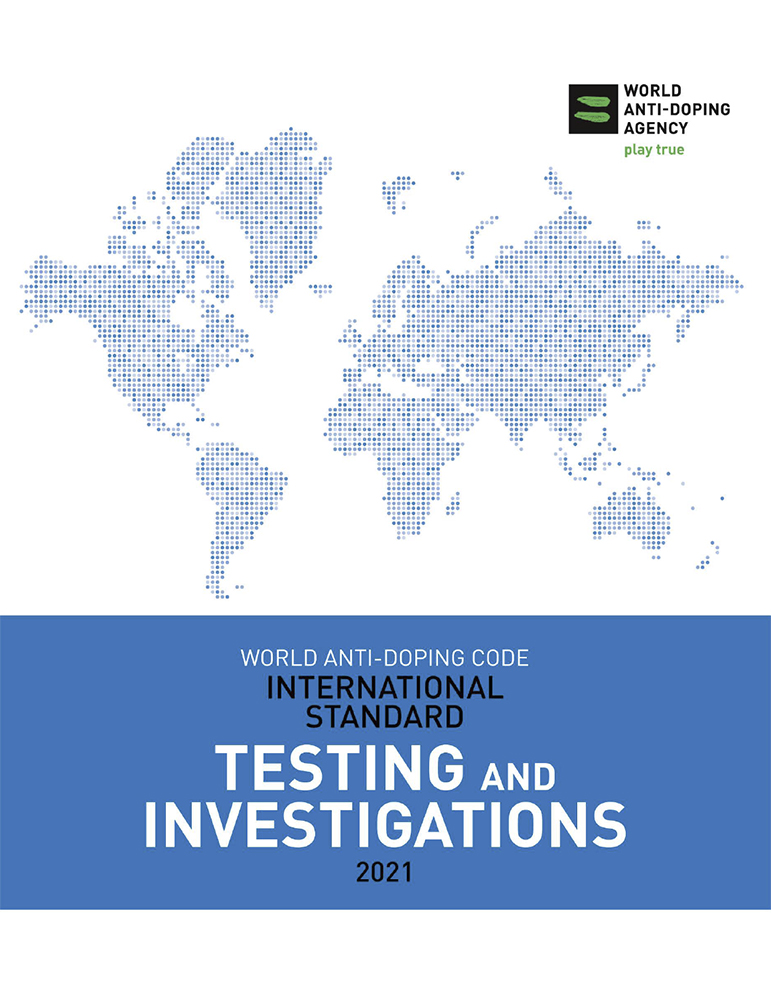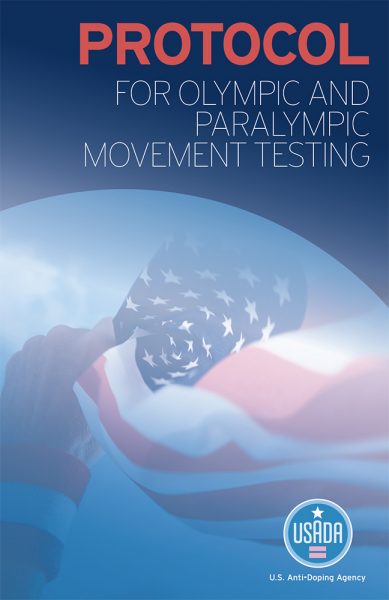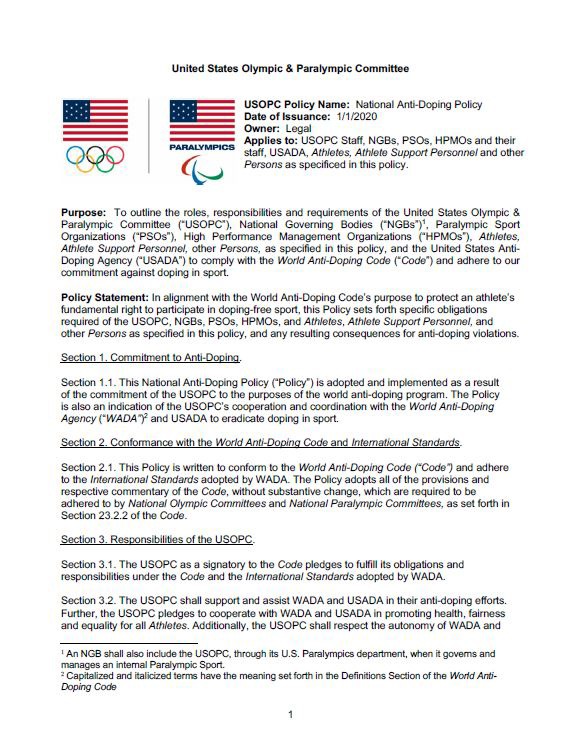Sample Collection Process
While drug testing may not be the most glamorous part of an athlete’s career, it is critical to the global fight for clean sport. The sample collection process is designed to be a safe process, and as comfortable as possible for athletes, while ensuring that the sample integrity is maintained throughout. Athletes have both rights and responsibilities during the sample collection process.
Athlete Whereabouts Information
Whereabouts information allows an athlete to be located for out-of-competition testing without advance notice. Athletes in the USADA Whereabouts testing pools are subject to varying requirements and compliance criteria to maximize testing resources and minimize the burden on athletes.
National & World Record Testing
In many cases, athletes who break a World and/or National record will need to ratify that record with a drug test. USADA has seen a significant increase of national and world records broken by U.S. athletes and international athletes at events hosted in the U.S. To better assist athletes who break a record and require testing to ratify a record, USADA now has the Record Hotline that allows athletes, athlete support personnel, and event organizers to contact USADA after-hours and on weekends to request testing.
Retirement Process
At some point in an athlete’s career, they may make the decision to retire from ALL sport at the national and international level. When athletes are ready for retirement, there are steps that must be taken to make it official and to remove themselves from the testing pool. Athletes also have responsibilities if they decide to return from retirement.
Testing Numbers and Athlete Test History
USADA provides visibility to as much of our testing data as possible, providing significant transparency while maintaining the integrity and confidentiality of the process. This includes quarterly breakdowns of completed tests (both in- and out-of-competition), testing numbers broken down by sport, and total samples collected by athletes, searchable by year, quarter, and/or sport.
Important Testing Guidance Documents
Policies outlining the global anti-doping testing rules
World Anti-Doping Code
WADA International Standard for Testing and Investigations
USADA – Protocol
Frequently Asked Questions
Click on the question to drop down the answer.
What type of tests does USADA conduct?
USADA conducts in-competition (IC) and out-of-competition (OOC) tests. OOC testing is conducted with individual athletes in an out-of-competition setting with little or no advance notice of the test. In-competition testing is generally conducted during or following an event. USADA collects both urine and blood samples – including Dried Blood Spot testing – as part of its program. USADA utilizes special analysis testing including, but not limited to, human growth hormone (hGH), erythropoietin (EPO), and Carbon isotope ratio (CIR)/Isotope ratio mass spectrometry (IRMS) testing, and collects additional data as part of the Athlete Biological Passport Program.
What does the sample collection process consist of?
For more information on sample collection, please click here.
What are the definitions of in-competition and out-of-competition?
In-competition refers to the period commencing at 11:59 pm on the day before a competition in which the athlete is scheduled to compete through the end of such competition and the sample collection process related to such competition. WADA may approve alternative definitions for particular sports.
Out-of-competition refers to any period which is not in-competition.
Definitions for In-Competition and Out-of-Competition are taken from the World Anti-Doping Code.
Can I hire USADA to conduct testing at my event, or implement an out-of-competition testing program for my sport/athletes?
Information about contract testing and customized testing programs with USADA can be found here.
How are athletes selected for out-of-competition testing?
USADA’s out-of-competition testing plan is designed to strategically maximize resources by allocating tests based on specific factors in accordance with the International Standard for Testing and Investigations (ISTI). Tests are then conducted throughout the year when out-of-competition testing is most effective, and according to selection criteria and incoming data, including previous finishing placements.
To maintain an effective anti-doping program, USADA retains the right to test athletes at any time and location.
If an athlete is suspended for a doping violation, does the athlete remain a part of the USADA testing pool and the out-of-competition program?
If selected for inclusion in a USADA testing pool, the suspended athlete must comply with all requirements of the USADA testing pool during the period of ineligibility, including submitting Whereabouts information to USADA.
All sanctioned athletes—whether in a USADA testing pool or not—must remain available for out-of-competition testing during their period of ineligibility. If an athlete retires, their sanction is tolled until the athlete formally unretires.
What should athletes do when they retire from their sport?
Any athlete who retires must promptly inform USADA, their NGB, and their IF in writing via mail or email that they are retiring. They should also check with their IF to determine if there are additional steps they need to follow to complete the retirement process. Until an athlete has finalized all the necessary retirement steps, they are still subject to the requirements of an athlete in a USADA testing pool.
If an athlete does not provide advance written notice of retirement and is notified for testing, but refuses to provide a sample for an out-of-competition test, this is a refusal to submit to sample collection. If the athlete refuses to cooperate or fails to report to testing within the given time frame, the athlete will be subject to the consequences set forth in the World Anti-Doping Code for their anti-doping rule violation.
For more information on retirement from sport, please click here.
Are the athlete and NGB informed of negative test results?
Yes. If USADA is the results management authority over the sample collection session, we inform the athlete of all test results, including negative findings. The USOPC and the relevant NGB also have access to information about all negative results.
